Fabrika Tbilisi
Location: Tbilisi, Georgia
Project Year: 2016
Status: Built

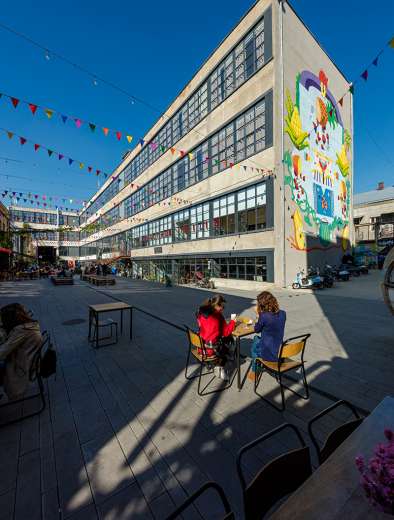


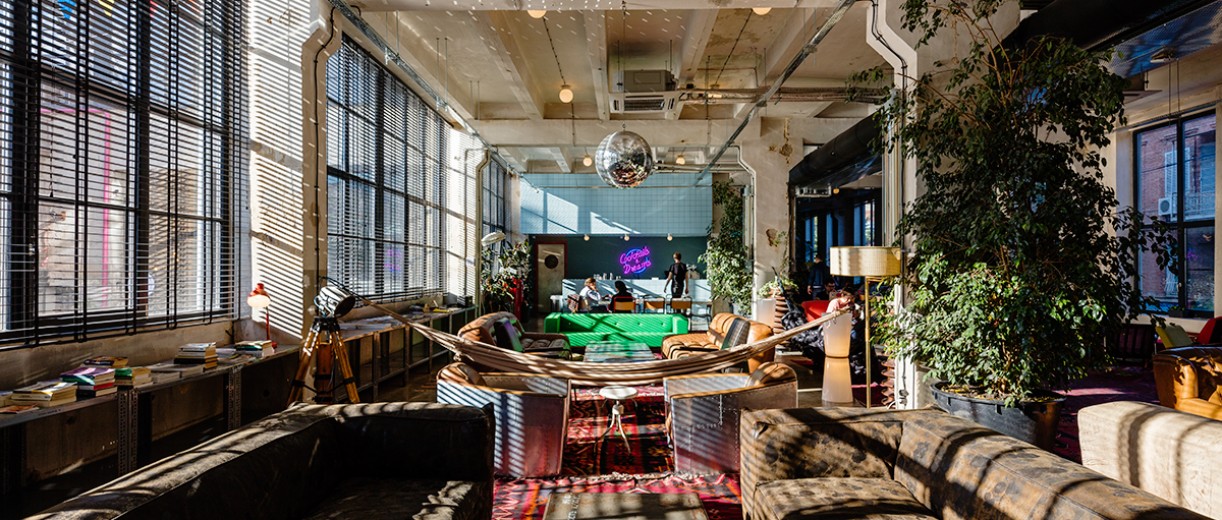




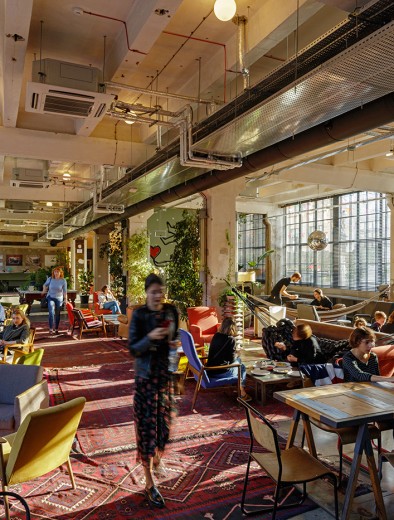

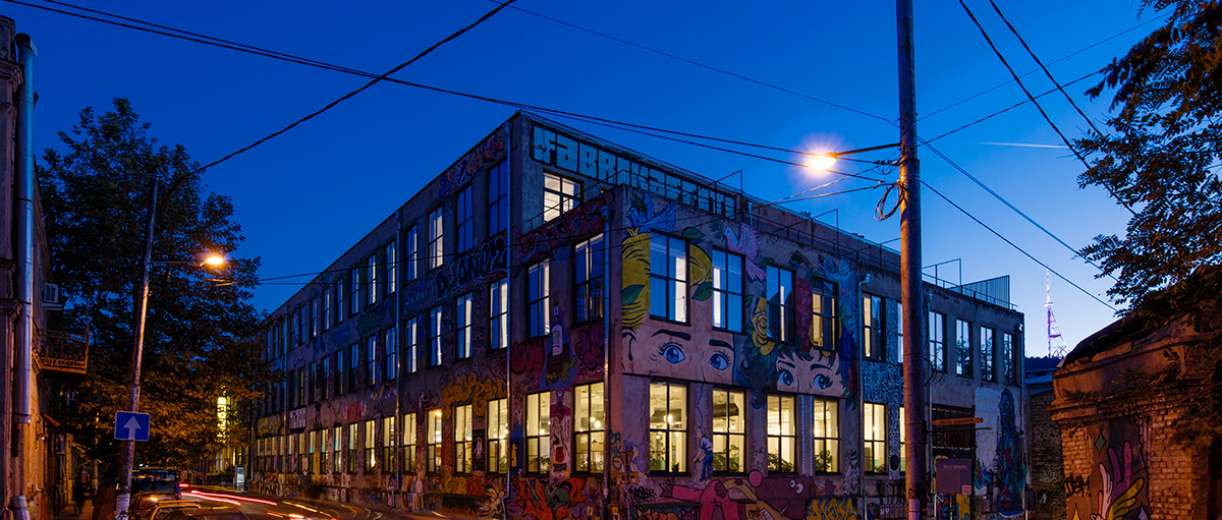
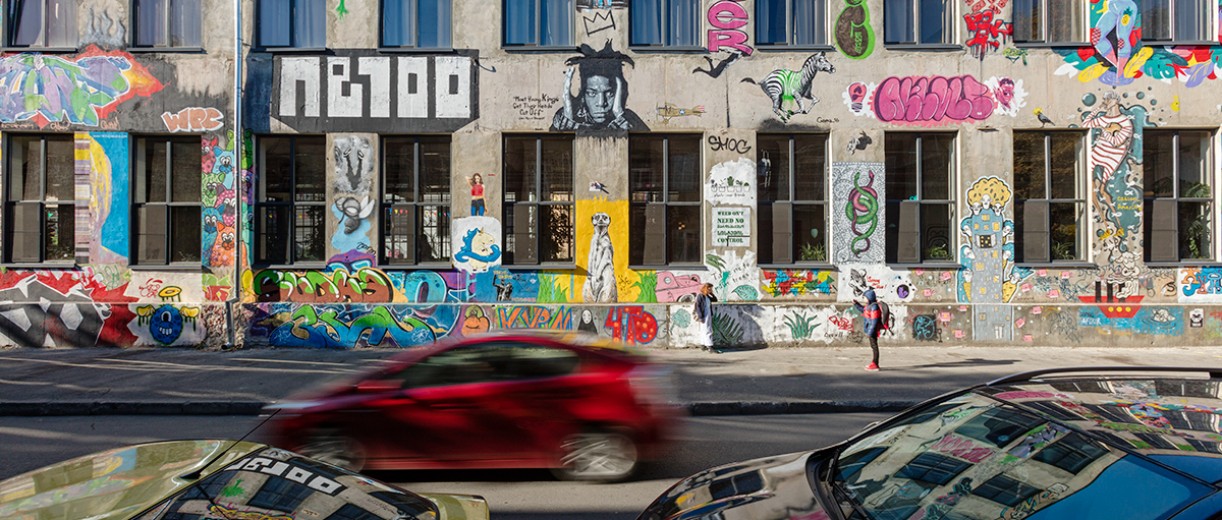
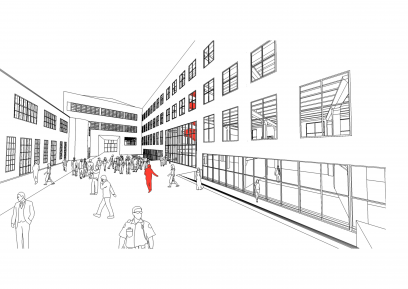
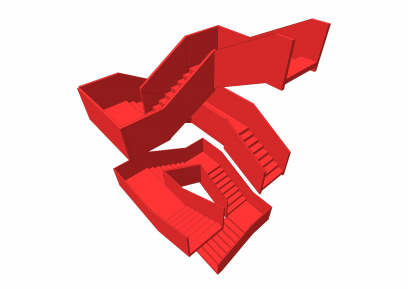
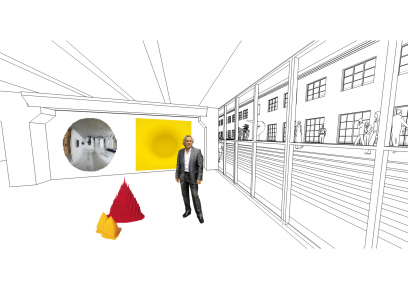
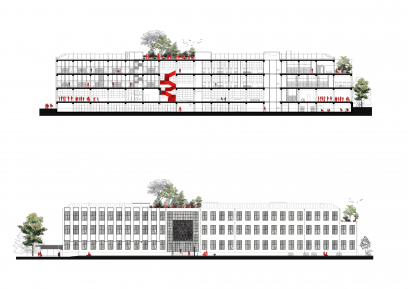




Client: Fabrika Tbilisi
Program: Hostel l Multifunctional l 8 000 sq.m
Collaborators: Structural Engineer: Benet & Benet l Construction Management: Progresi LTD l Photo: Nakanimamasakhlisi
Team: Nikoloz Gurabanidze, Nikoloz Maisuradze, Eka Kankava, Salome Ghudushauri, Boka Kilasonia, Ketevan Vachnadze, Irakli Petelava, Marekh Gorgiladze, Nino Margvelashvili, Devi Kituashvili, Gogiko Sakvarelidze
Fabrika Tbilisi, located on the left bank of the Mtkvari River, has revived the once-forgotten historical part of Tbilisi. Created on a former brownfield site of around 8000 square meters, MUA has transformed this once abandoned Soviet sewing factory into a cultural and creative hub, with the biggest youth hostel in the region.
Fabrika Tbilisi, located on the left bank of the Mtkvari River, has revived the once-forgotten historical part of Tbilisi. Created on a former brownfield site of around 8000 square meters, MUA has transformed this once abandoned Soviet sewing factory into a cultural and creative hub, with the biggest youth hostel in the region.
Three distinctive building blocks create a welcoming rectangular courtyard sandwiched between cafes, bars, and exhibition spaces on one side and unique artistic studios, workshops, and a co-working space on the other. Fabrika has evolved into a place where people gather to socialize, start new friendships and collaborations, meet the artists, get acquainted with their art, and become inspired.
Fabrika has awakened the formerly sleepy residential area of the Left Bank, which has quickly become more popular among locals and international travelers. Fabrika is all about the "old meets new" experiments. Among other things, Fabrika has put Georgia on the map as a to-go place for the exceptional street art scene. All of Fabrika is adorned with small and large-scale murals, works of both local talent and renowned international artists.
While working on the project, our main drive was to create a place that would spur a positive social change. With sustainable and less obtrusive design practice, we managed to retain the spirit of the place while adapting and transforming the empty, soulless structure into a thriving urban hub, a new platform for forward-thinking individuals to meet, create and share ideas.
The hostel's design bears a profound reflection on the legacy of the space, manifested in the choice of plugs and wires, bar chairs, blue tiles, and tables in the breakfast area, all reminiscent of the Soviet past. The interior is also distinguished by its eclectic urban design; the industrial character is reinforced with exposed pipes and cabling where the concrete ground slabs are deliberately left exposed as the final finish. Traditional Georgian rugs and refurbished old furniture scattered in the lobby add warmth to the spacious lobby area. The staircase, a steel structure finished with bright red paint and covered in natural plywood, plays a central role in the hostel, inviting visitors to explore the interior from many different vantage points.
The Hostel consists of:
44 private ensuite rooms
5 apartment-style suites
6 private rooms with shared bathrooms
Mixed dorm rooms
Communal shared spaces and offices for digital nomads and locals alike
The project has already earned widespread recognition within the architecture community and beyond.